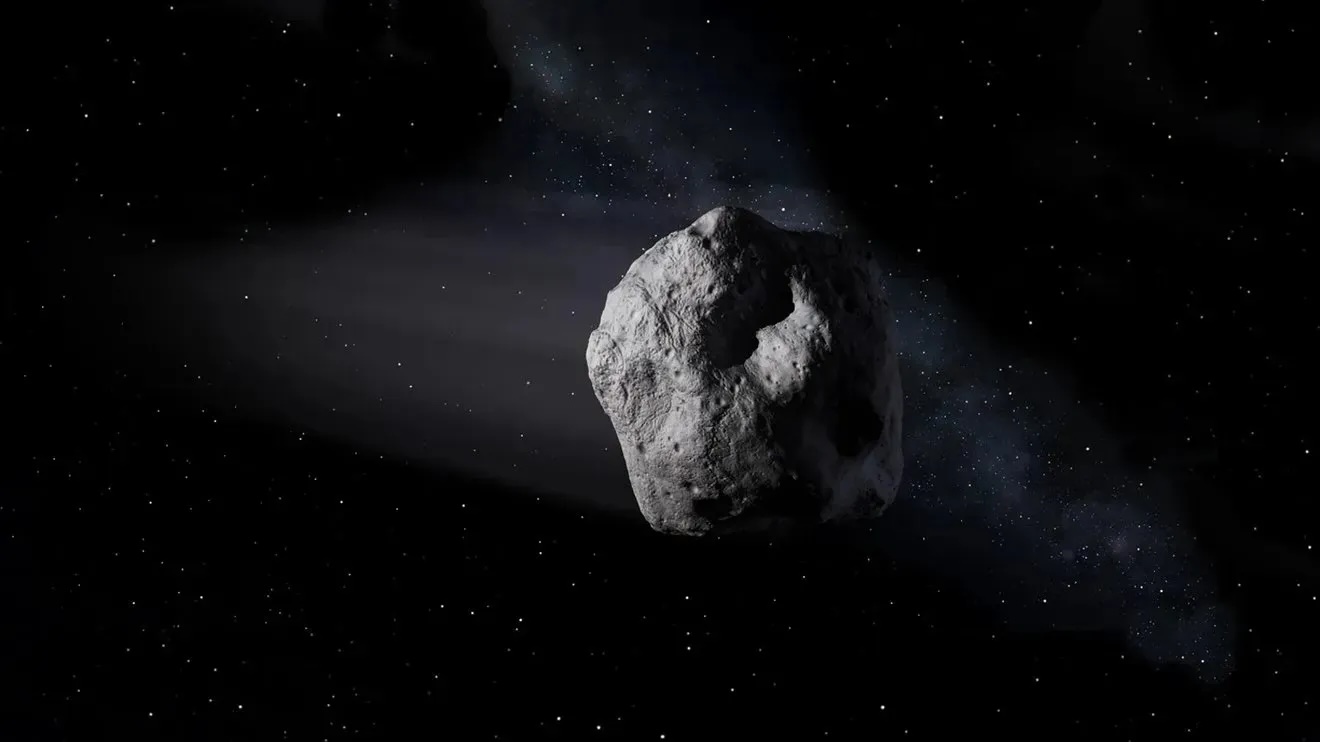When you purchase through links on our site , we may earn an affiliate commission . Here ’s how it works .
England ’s Salisbury Plain is famed as the home of Stonehenge and other enigmatical ancient sites . But it has just grant a much more late archaeologic wonder : a meshwork of World War I tunnels .
Archaeologists account they ’ve found these one C - old passage on a military base , complete with grenades , food tins and graffiti preserved within .

A network of World War I tunnels was found at Larkhill, on England’s Salisbury Plain.
A large portion of Salisbury Plain is used as preparation soil for the British Army . This was true during World War I , too , and combat engineers and miner were trained at the site to build burrow that would earmark soldiers to plant bombs under foe trenches on the Western Front . [ World War I in Photos : See mental image from 1914 - 1918 ]
The tunnel were discovered of late by archaeologists conducting salvage excavations onward of the structure of new Army trapping at Larkhill onSalisbury Plain . So far , theyhave excavated about 5 miles ( 8 km ) of trenches , with the piece of work being done alongside bomb - disposal specializer , because some grenade leave there were still live , according toa statement from Wessex Archaeology , one of the organizations working on the website .
Martin Brown , an archeologist with the consulting radical WYG , sound out the labor is " the largest unmarried investigation of First World War preparation oceanic abyss anywhere in the world . "

" That we did n’t expect these underground tunnels show that much cadaver left to discover , even from only a century ago , " Brown said in the instruction .
Ahead of the 1917 Battle of Messines in Belgium , British Gen. Herbert Plumer reportedly say his soldiers , " Gentlemen , we may not make story tomorrow , but we shall for certain change the geography . "
His comment could have applied to many of the fight fight back during World War I. The dull networks of trenches and tunnels , and the huge explosions from bombs , leave irreversible scars in the landscape . In addition to Salisbury Plain , web site like theGallipoli battlefieldin Turkey have been canvas by archaeologists take care for novel historical penetration . World War I battlefields have also attracted the attention of geologists and geographers . Researchers have , for example , shown how heavy bombing changed the long - condition ecology ofVerdun in France .

At the new discovered training tunnels in England , archaeologists said they discovered more than 100 bits of graffiti . They document many epithet of soldiers scratch into the chalk wall , include that of Australian Army Pvt . Lawrence Carthage Weathers . He was grant the Victoria Cross , the highest British military honor , for attacking a German machine - gun post and taking 180 prisoners during the 1918 Battle of Mont Saint - Quentin .
" It has been a humbling experience for archaeologist to stand and read the name of young soldiers in the very spaces they occupied before embarkation to the horrors of the trenches , " Si Cleggett , project manager at Wessex Archaeology , said in the statement . " It may be a clichébut , having stood in their footprints a hundred years after their day of training at Larkhill , we really will retrieve them . "
Original clause onLive Science .














